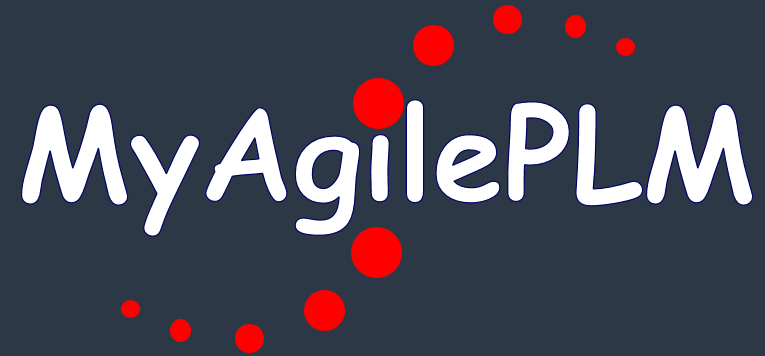internal rollup precedence question
I believe that Agile rolls up compliance of an assembly by looking that the assembly manufacturer compliance first if present and not consider the assembly BOM compliance.
If our assembly MFR lists Missing Info, then the calculated compliance lists Missing Info, even if the assembly bom and all sub assemblies calculate as fully compliant.
Is there a way to override this behavior? Ignore the top level MFR compliance status and just rely on the BOM rollup for the top level compliance calculation?
Our manufacturing department requires that each assembly list the contract manufacturer, but our compliance states are set on the bottom level BOM items for rollup, not on the assembly mfr compliance tab.
Hi Jeff,
We are using an add on, under the PG&C module that makes this calculation (bottom up) and set the compliance accordingly at the top level part number.
If I understood you correctly and that’s what you are looking for, I can connect you with the guys that did this for us, so you can get more details from them.
Yaniv
Hi Yaniv,
Isn’t it just the external roll-up logic that can be modified? Seems Jeff is talking about internal roll-up (compliance status roll-up).
Nimish
Yes, we are using internal roll-up. What would be smart is if you could set a compliance state for the assembly manufacturer compliance that would indicate that a BOM rollup is required.
The following is taken from
Agile PLM 9.3.2 New Features Quick Overview
The European regulation for Registration, Evaluation, Authorisation and Restriction of Chemical substances requires the weight based rollup of substances in products to determine compliance against the regulation. Prior to 9.3.2, Agile PLM Product Governance and Compliance did not have the ability to perform these weight based rollups. PG&C only was able to perform status rollups (compliant, non-compliant). The status rollups work well for regulations like ROHS, but cannot perform the complex calculations required to determine overall product mass percentages of substances required by REACH.
In 9.3.2, Agile PLM will create rolled up compositions based on specific rollup logic in a PL/SQL procedure run in the Agile PLM database and publish them back into the PG&C application. PL/SQL is used because it is more memory and processor efficient than Java for this use case. These summary compositions allow PG&C to evaluate compliance against a spec.
Design of the spec is up to customers in light of their legal interpretation of REACH and the amount of products they ship. This feature is intended to enable companies to Design for REACH, meaning to determine the risks of meeting REACH specifications by the design BOMs stored in PLM. If manufactured BOMs are very different from the As Designed BOMs, the Design for REACH calculations from Agile PLM could also be different than what was built.
This is a very complex new capability that is fully covered in a Transfer of Information recording. Some highlights of the features added to support Design for REACH are below.
- Import and export IPC 2.0 format
o Agile PLM now supports the IPC 2.0 format, including multiple parts.
o Existing classes IPC 1752-1 and IPC 1752-2 have new attributes to support IPC 2.0
- External Specifications and Database Rollup
o A specification in Agile PLM can be flagged to be External.
o New database capabilities have been added to extract the information needed for a weight based rollup into a set of documented staging tables in the database.
o A documented PL/SQL procedure is added to perform the substance rollup and place the results into documented results tables.
o At the completion of the rollup procedure, PG&C retrieves the information from the results tables and publishes them back into the application.
o The PL/SQL procedure is documented in order to enable customers to extend the logic in case the out of the box rollup logic does not meet their legal interpretations.
o The staging table is documented to enable potential extensions, like adding shipping projections in order to calculate potential shipments to different countries.
o SDK and Web Services can be used to initiate the compliance determinations.
- Two new reports — the Exemptions Report and the External Rollup Report
Try setting the manufacturer part’s compliance to “Not Applicable”. This can be tedious as you would have to do it for every specification.
Steve,
Thanks for the reply.
In our 9.3.4.0.29 version, setting the Top Level MFR to Not Applicable causes the top level Assembly to rollup to Not Applicable. We have tried to get help from Oracle on rollup issues but that seems to be a black hole, even though we pay for support.
